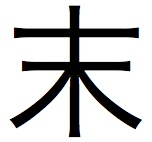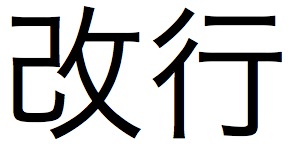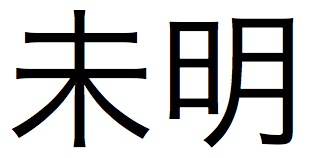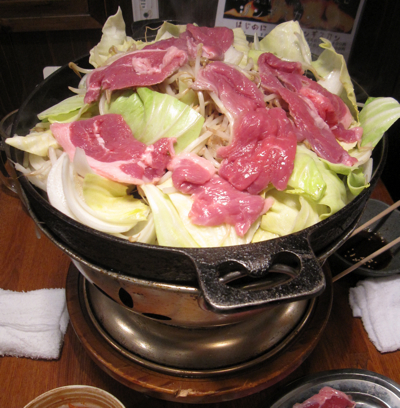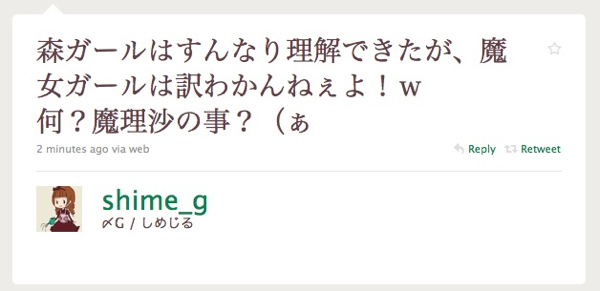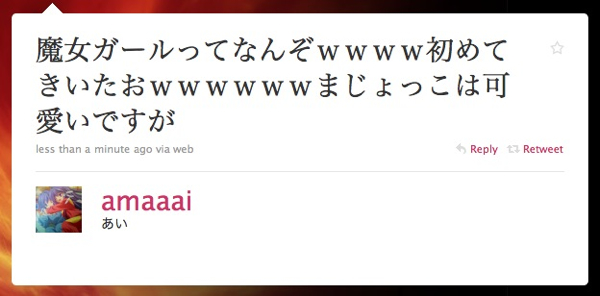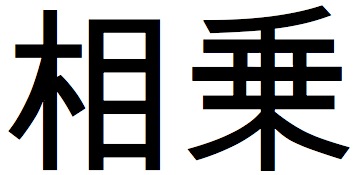I have an article online today over at CNNGo Tokyo. I give a brief introduction to 和製英語 (わせいえいご) and list a few of my favorites. One of these is キャッシュオン, which is a shortened form of キャッシュオンデリバリー. I learned the phrase at Dry Dock, but Ushitora also has キャッシュオン events. I love the way the word sounds, and it’s a lot of fun to overpronounce it. Although, whenever I say it now, I say it with a Cajun accent, a la Cajun Man.
While I’m here, I should go ahead and do a mini-rinkage post.
“Big (only) in Japan? Oshibori”
I’ve had a bit of reverse culture shock since I’ve been home. The most notable shock has been shoes in the house. Hate it. After that, I guess it’s a toss up between cash-less shopping, the frigid temperatures people in New Orleans keep their ACs set at, and eating food with hands. For the first few weeks I felt a weird sensation of never having enough money on me. In Japan, not having enough cash can have serious consequences – like having to walk home a really long ways or go hungry/thirsty for longer than is pleasant. I’ve gotten over it thanks to my debit card, which can be used just about everywhere in the U.S. I’ve also realized why people bring sweaters to the library – the library is super cold! Come on, people, 68F is not a normal inside temperature. The other weird sensation I have is that my hands are constantly dirty. Part of this is due to the lack of chopsticks, part of this is do to the prevalence of hand feedin’, and part of it is due to the lack of oshibori. I seriously miss oshibori.


